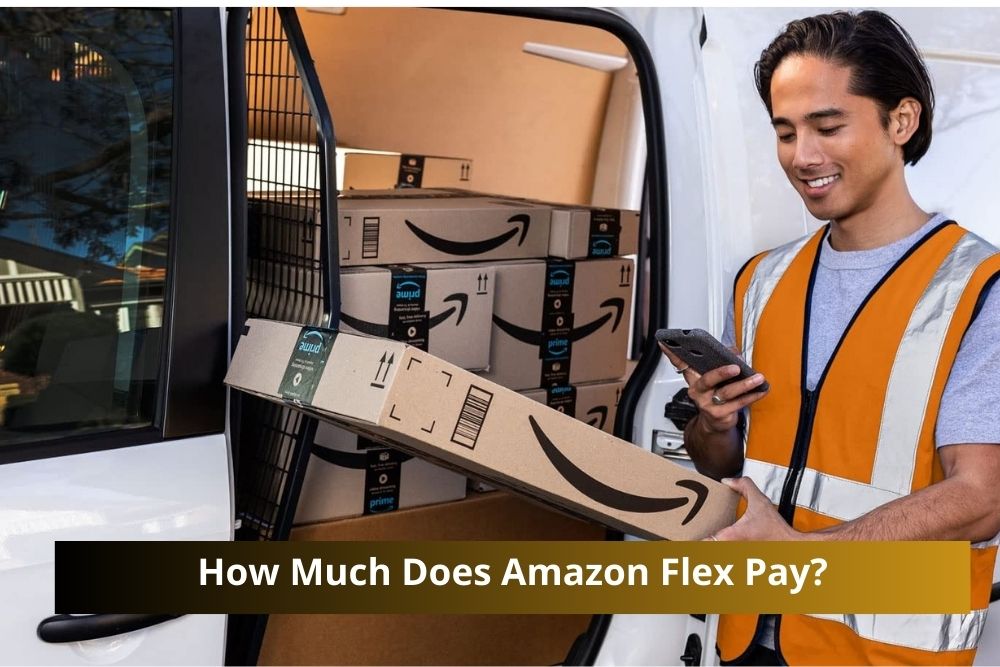How Much Does Amazon Flex Pay?

Amazon Flex is a popular program that offers individuals the opportunity to earn money by delivering packages for Amazon. As the gig economy continues to grow, many are curious about the earning potential of Amazon Flex drivers. In this comprehensive article, we delve into the details of Amazon Flex pay, exploring the factors that influence earnings, how payments are structured, and what drivers can realistically expect to make.
Understanding Amazon Flex
Amazon Flex allows drivers to deliver packages using their own vehicles. The program operates similarly to other gig economy jobs like Uber and Lyft, but with a focus on package delivery instead of passenger transport. Flex drivers have the flexibility to choose their own hours and delivery blocks, making it an attractive option for those looking for a side hustle or a flexible full-time job.
Base Pay Structure
Hourly Rates
Amazon Flex pays drivers a base rate that varies by region. Typically, drivers can expect to earn between $18 and $25 per hour. This rate is determined by several factors, including the demand for deliveries in a particular area, the time of day, and the day of the week. In high-demand areas or during peak times, drivers might see higher hourly rates.
Block Pay
Amazon Flex shifts, known as “blocks,” usually range from two to four hours. Drivers sign up for blocks in advance, and each block has a set payment amount. For example, a four-hour block might pay $72, translating to an hourly rate of $18. It’s important to note that the actual time spent delivering can sometimes be less than the scheduled block, which can effectively increase the hourly pay rate.
Earnings Enhancements
Tips
While Amazon Flex primarily deals with package delivery, some services, like Amazon Fresh or Prime Now, involve delivering groceries or household items. In these cases, customers have the option to tip the driver. Tips can significantly boost a driver’s earnings. Drivers report receiving tips ranging from a few dollars to over $20 per delivery.
Surge Pricing
During periods of high demand, such as the holiday season or major sales events like Prime Day, Amazon Flex may implement surge pricing. This means that the pay rate for delivery blocks can increase substantially. Drivers who are available to work during these peak times can capitalize on the higher rates to maximize their earnings.
Expenses and Deductions
Vehicle Costs
Driving for Amazon Flex comes with certain expenses that drivers need to account for. These include fuel, maintenance, and wear and tear on the vehicle. Drivers should also consider the cost of car insurance, as personal policies may not cover commercial activities. Some drivers opt for rideshare insurance policies to ensure they are fully covered while on the job.
Taxes
Amazon Flex drivers are considered independent contractors, which means they are responsible for their own taxes. Drivers should set aside a portion of their earnings to cover federal, state, and local taxes. Keeping detailed records of expenses can help reduce taxable income, and consulting with a tax professional can ensure compliance with tax regulations.
Factors Influencing Earnings
Location
Earnings can vary significantly depending on the location. Urban areas with high demand for deliveries often offer more lucrative opportunities than rural areas. Additionally, drivers in regions with a higher cost of living may see higher base pay rates to compensate for the increased expenses.
Experience and Efficiency
Experienced drivers who know the delivery area well and can efficiently navigate routes may complete blocks more quickly, potentially increasing their hourly earnings. Learning the best practices for package pickup, organization, and delivery can also help maximize efficiency.
Availability and Flexibility
Drivers who are available to work during peak times, such as weekends, evenings, and holidays, may have more opportunities to secure higher-paying blocks. Flexibility in accepting blocks at short notice can also lead to more frequent and better-paying delivery opportunities.
Realistic Earnings Potential
Weekly and Monthly Income
While individual earnings can vary, many Amazon Flex drivers report making between $300 and $600 per week by working part-time. Full-time drivers, who can work more hours and secure more blocks, may earn between $1,200 and $2,400 per month. These figures can fluctuate based on the factors mentioned above.
Annual Income
For those treating Amazon Flex as a full-time job, annual earnings can range from $20,000 to $50,000. Again, this range depends on location, efficiency, tips, and the ability to work during peak demand periods. Some drivers might exceed this range by capitalizing on surge pricing and working in high-demand areas.
Conclusion
Amazon Flex offers a flexible and potentially lucrative opportunity for individuals seeking to earn extra income or pursue a full-time gig. By understanding the pay structure, expenses, and factors influencing earnings, drivers can make informed decisions about their involvement in the program. While the earning potential varies, those who strategically approach the job can find Amazon Flex to be a rewarding and profitable endeavor.



